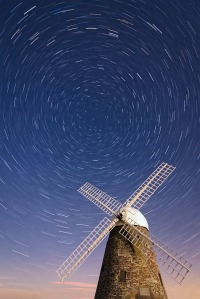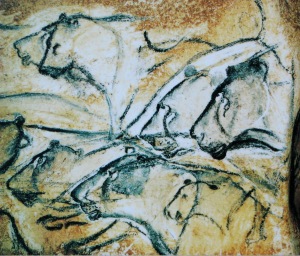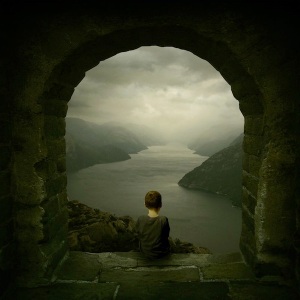 In Out of the Silent Planet (the first book in C.S. Lewis’s stunning Cosmic Trilogy) the philologist Elwin Ransom is abducted by the scientist Dr Western and his entrepreneur accomplice Dick Devine, and is whisked away on an interplanetary journey to the world of Malacandra (Mars). Unaware that Western and Devine have singled him out as a suitable (i.e. unwitting and compliant) human sacrifice – to be offered up to the sorns of Malacandra – Ransom’s initial challenge is simply adjusting to life in outer space.
In Out of the Silent Planet (the first book in C.S. Lewis’s stunning Cosmic Trilogy) the philologist Elwin Ransom is abducted by the scientist Dr Western and his entrepreneur accomplice Dick Devine, and is whisked away on an interplanetary journey to the world of Malacandra (Mars). Unaware that Western and Devine have singled him out as a suitable (i.e. unwitting and compliant) human sacrifice – to be offered up to the sorns of Malacandra – Ransom’s initial challenge is simply adjusting to life in outer space.
While the journey to Malacandra is not a comfortable one, it affords Ransom many a spectacle and plenty of time for contemplation, during which he finds certain of his most worldly preconceptions falling short of the lived reality of traversing the cosmos. Indeed, his very notion of the wider universe as ‘space’ is one of the main images to be found wanting. Here is how Lewis describes Ransom’s imaginative awakening:
‘A nightmare, long engendered in the modern mind by the mythology that follows in the wake of science, was falling off him. He had read of ‘Space’: at the back of his thinking for years had lurked the dismal fancy of the black, cold vacuity, the utter deadness, which was supposed to separate the worlds. He had not known how much it affected him till now – now that the very name ‘Space’ seemed a blasphemous libel for this empyrean ocean of radiance in which they swam. He could not call it ‘dead’; he felt life pouring into him from it every moment.’


